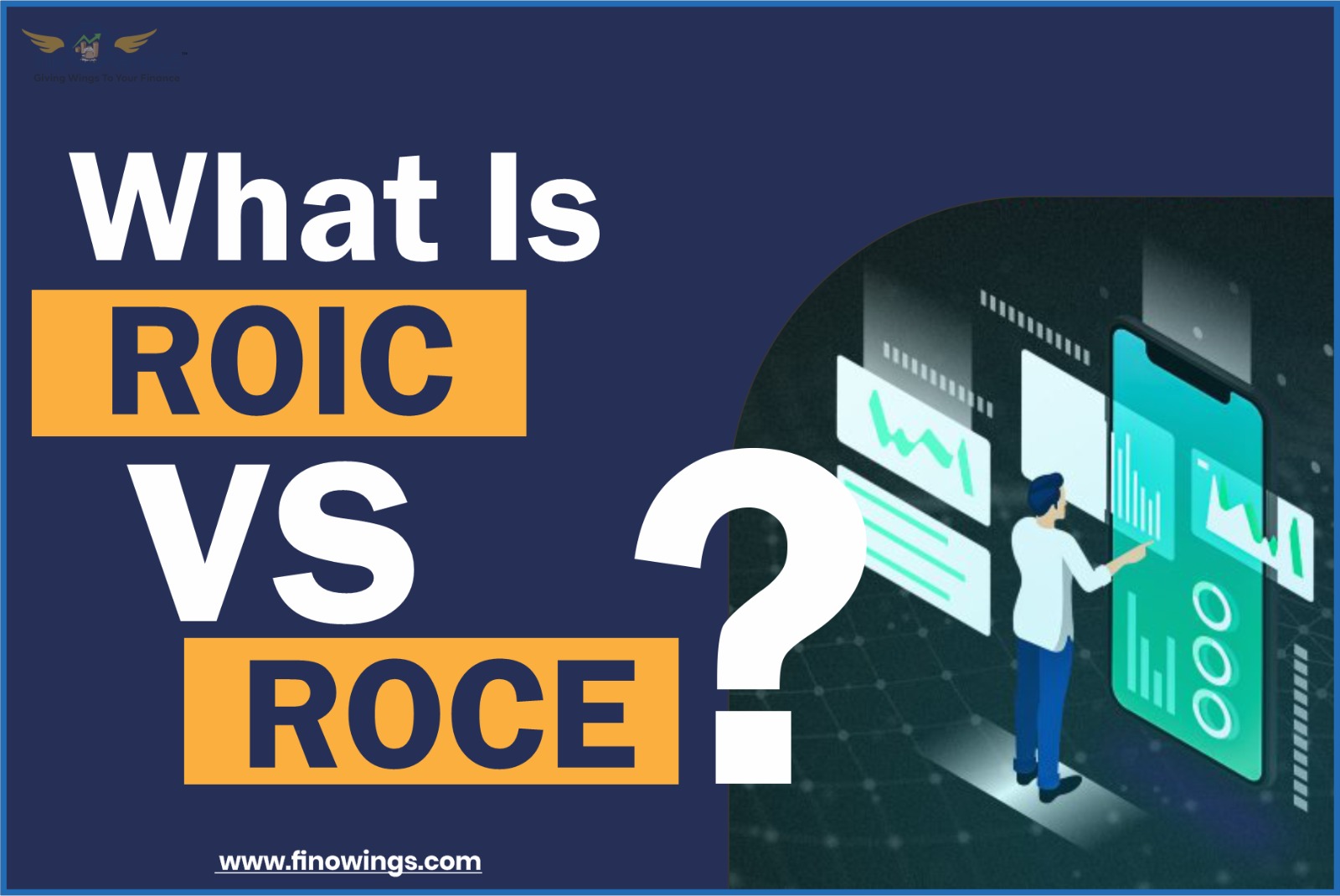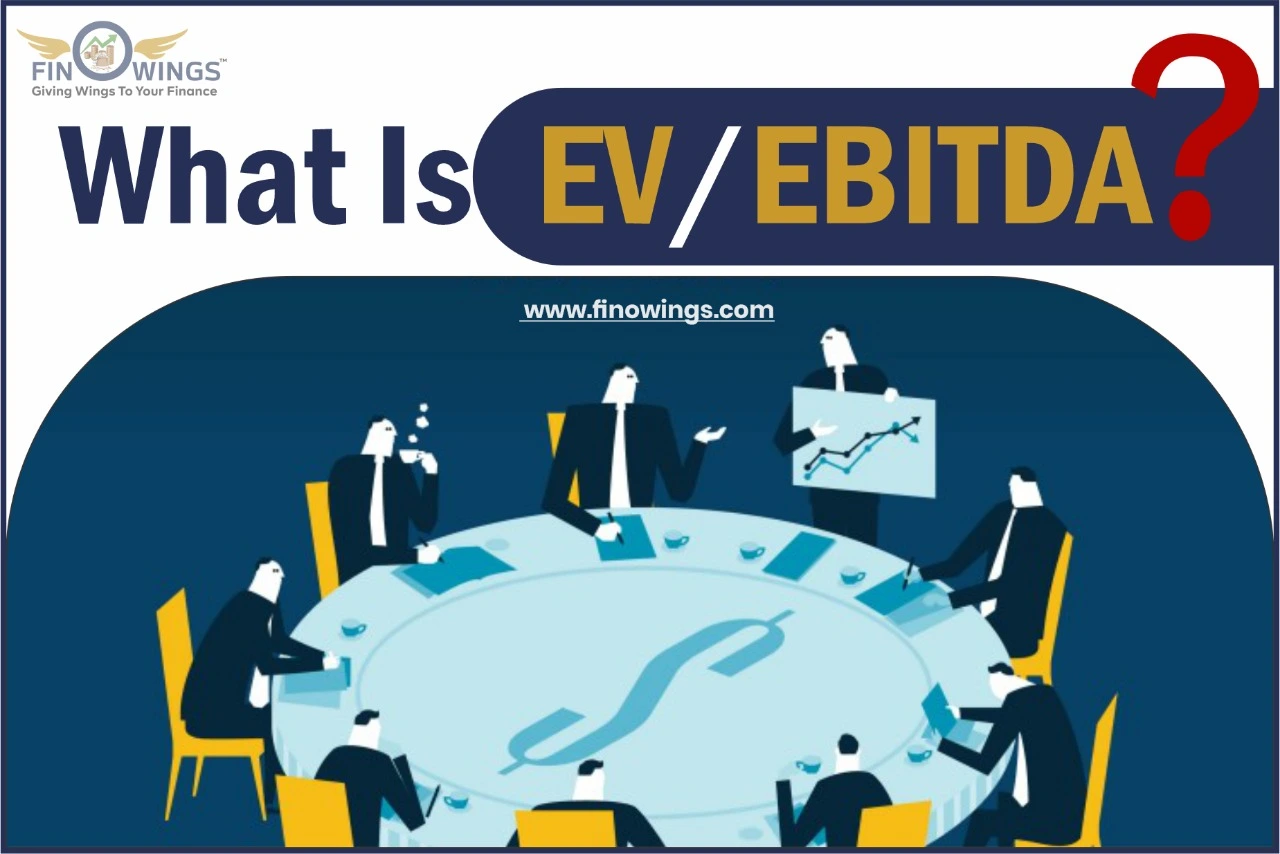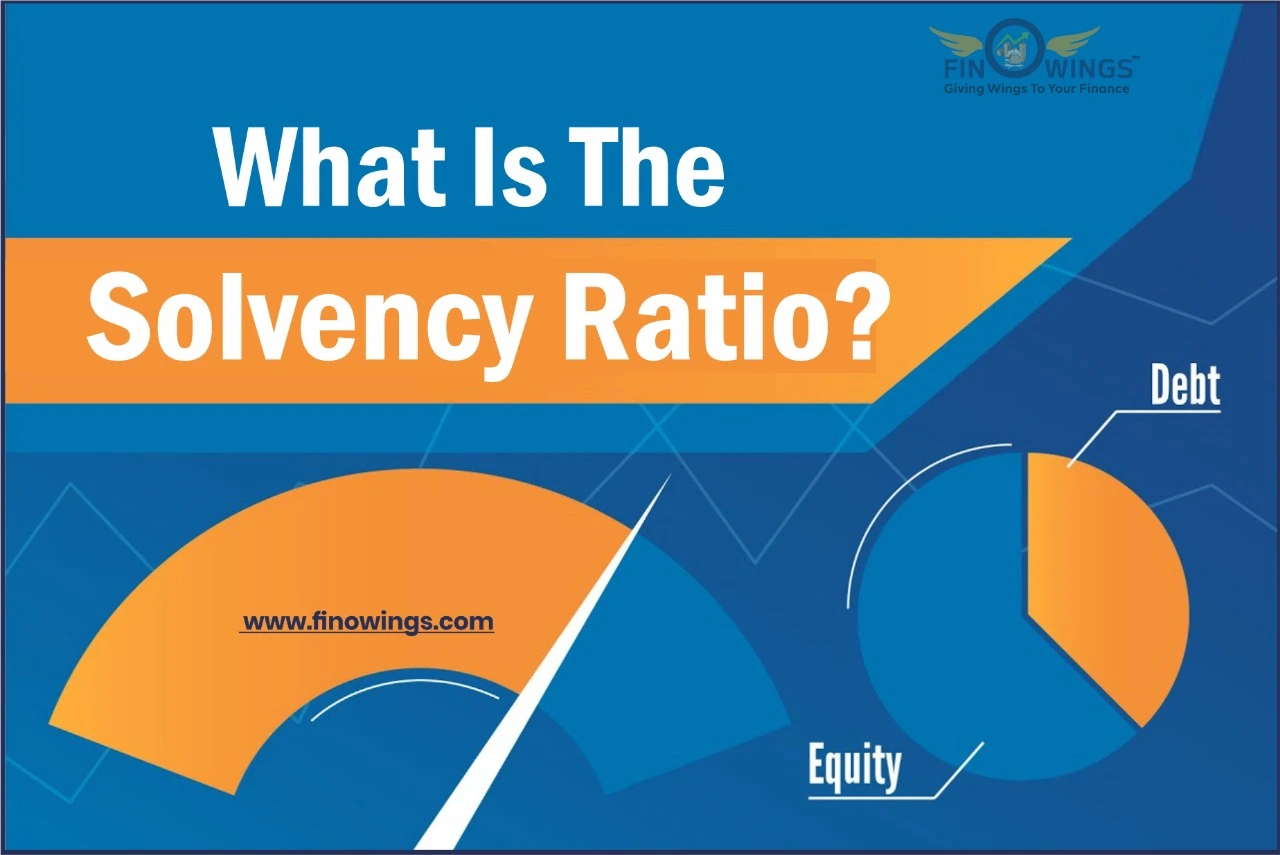Home >> Blog >> ROIC vs ROCE: The Secret to Make Smart Investment Decisions
ROIC vs ROCE: The Secret to Make Smart Investment Decisions

Table of Contents
What is ROIC vs ROCE?
Investors must comprehend financial statistics like ROCE vs. ROIC in order to assess an investment's feasibility. ROIC is calculated by dividing net operating income by capital invested. On the other hand, ROCE is calculated by dividing net operating income by capital employed.
The formulas for the two ratios have identical numerators, indicating that the denominator is what distinguishes the two ratios' values. While ROCE utilizes capital employed as the denominator, ROIC employs invested capital as the denominator.
The difference between capital employed and capital invested is how much money is actually being used by the company. Therefore, invested capital is a subset of capital employed. Every part of the entity's capital, such as debts and shareholders' capital, is included in the term "capital used." Active capital in circulation is included in invested capital, which excludes non-active assets, particularly those outside the firm, like securities owned in other companies.
Describe ROIC
ROIC is just an acronym for Return on Invested Capital. ROIC is a profitability metric that assesses the returns on capital invested by investors in a company. It demonstrates how well the firm is generating revenue for the corporation by employing the capital provided by the investors.
The portion of the money that is actively involved in the company's operations is known as the invested capital, which is a subset of employed capital. ROIC is computed by dividing invested capital by net profit after tax (net income less dividends).
Describe ROCE
Return on Capital Employed is referred to as ROCE. A profitability ratio called ROCE determines how much profit a company may make with the capital it has on hand. Earnings before interest and taxes (EBIT) are divided by capital utilised to determine ROCE. When a company's ROCE is higher than the cost of capital, it can be inferred that the capital was effectively used to produce profits. Since it shows that the business is steady and a desirable investment option for investors, companies should work to obtain an ever-increasing ROCE over time.
ROCE and ROIC share some similarities
- The greater the ratios, the better for both ROCE and ROIC. It implies that the business is more adept at using capital. It shows that the business is investing its money in successful ventures.
- Only when these ratios are compared to WACC are they useful (weighted average cost of capital). It is a sign that the company has created value throughout the fiscal year if ROIC and ROCE are higher than WACC.
- These ratios must be higher than the cost of capital for the company to be in good financial position.
Differences between ROIC and ROCE
|
ROIC |
ROCE |
|
The effectiveness of the entire capital invested can be assessed using ROIC. It is a metric that aids in figuring out whether the business is investing its capital in successful ventures. |
ROCE can be viewed as a tool to evaluate how effectively a firm conducts its business and assesses the profits it makes given the capital it has invested. |
|
ROIC = Earnings before interest and tax (EBIT)*(1-tax rate) / Invested Capital |
ROCE = (Earnings before interest and tax (EBIT) / Capital Employed). To be consistent, the numerator and denominator are taken before interest and tax. |
|
The part of capital that is actively used in the business is known as invested capital, which is a subset of capital employed. Fixed Assets + Intangible Assets + Current Assets - Current Liabilities - Cash = Invested Capital. |
Debt + Equity - Current Liabilities is the formula for calculating capital utilised in the denominator. It alludes to the capital that is a component of the enterprise. |
|
From an investor's standpoint, this ratio is essential. |
According to the company's perspective, this ratio is essential. |
|
ROIC comparisons between different sectors might not be significant. Assessing the company's performance within its industry is made easier by ROIC. It contrasts an energy company with IT, for instance. It contrasts the operating assets' productivity |
The ROCE trend is important. ROCE evaluates the managers' skills and takes a long-term perspective on the business. If ROCE keeps too much cash on hand for too long, the management is penalised. |
Conclusion
Making an investment selection is a difficult process that requires investors to think about a number of factors before deciding. Based on a company's profitability and the efficient use of invested capital to expand the firm, key profitability ratios like ROIC and ROCE can be used to assess an investment's viability.
ROIC vs. ROCE displays the ratio of returns to capital invested, providing an investor with an early indication of a venture's viability. Investors are given a general summary of the company's management, profitability, and prospects for the future. The ratios can also be used to compare several business projects to find the one with the highest potential profits.

















